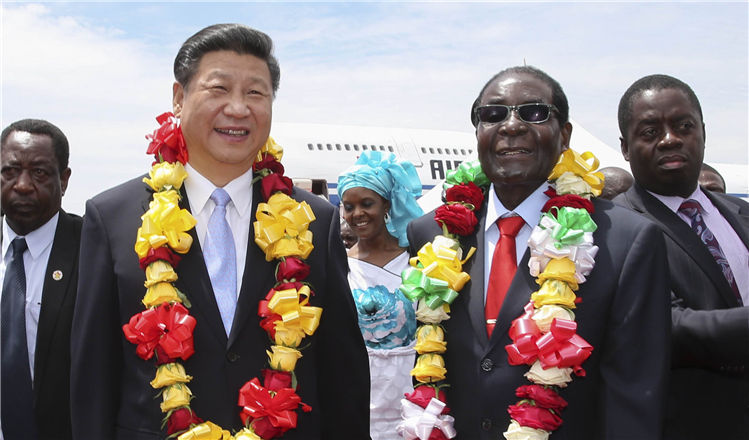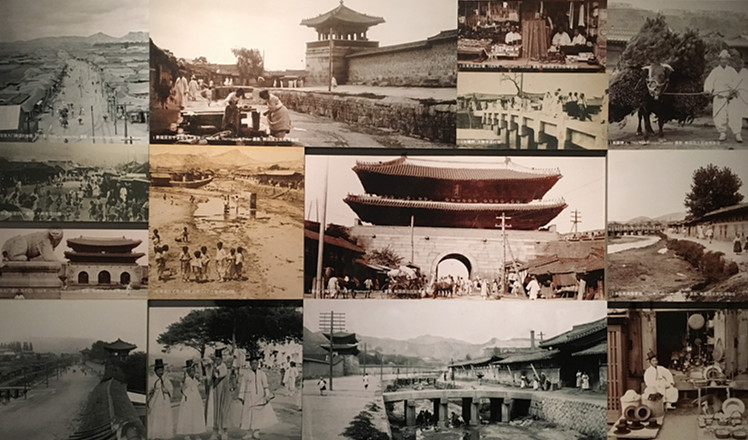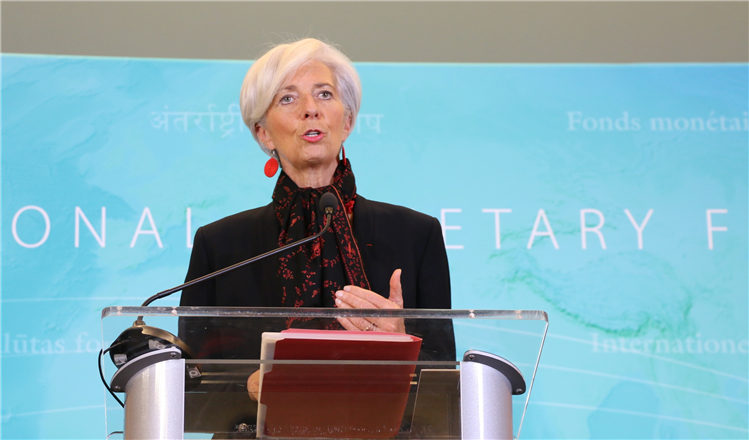Yo-yoing fortunes challenge China's anti-poverty endeavor
Updated: 2015-12-02 09:03
(Xinhua)
|
||||||||
ZHANGJIAKOU, Hebei Province - Bashang, about three hours' drive northeast of Beijing, may draw lots of daytripping Beijingers in summer and autumn but that hasn't brought much income to locals.
The sheer prairie 1,300 meters above sea level has been officially categorized as poor for years. Though a poverty relief campaign has made some progress, its success has been limited by Bashang's disadvantages including meager resources and susceptibility to natural disasters. Many villagers rise above the poverty line only to soon fall back under it.
With China trumpeting its aim to lift 70 million people out of poverty by 2020, Bashang illustrates the size of the task.
Covering 200,000 square km and administered by Winter Olympics host city Zhangjiakou, it consists of four counties -- Guyuan, Kangbao, Shangyi and Zhangbei.
Back in 2009, Zhaoxiying in Kangbao County was one of the poorest villages in Bashang, with each villager earning a few dozen dollars a year.
That was before government subsidies helped farmers water arid land, build greenhouses and form cooperatives to market their produce in Beijing.
By 2014, the village had groomed 220 hectares (equal to about 280 football pitches) for growing vegetables and grain. Annual per capita income reached 4,900 yuan (about $777).
Hu Yuqing, a 67-year-old in Guyuan County, raises sheep with his wife.
His earnings help pay his grandsons' tuition fees, which his three children can't cover themselves on their income as migrant workers in the city. "If I do not earn enough, my grandsons will likely drop out of school," he said.
In 2014 alone, 65,900 people in these four counties escaped poverty, and about 244,000 people remain impoverished. However, Bashang officials are constantly worried about locals falling back into poverty, as natural disasters and market fluctuations make farming incomes fragile.
Sun Wei, director of the poverty relief office in Kangbao, said 20 percent of people there fell below the poverty line last year. In neighboring Guyuan, at least 2,000 people do the same every year.
"In July, a hailstorm destroyed many greenhouses and caused great losses for the farmers," said poverty relief officer Li Xiaocheng in Guyuan.
Farming offers Bashang the prospect of killing two birds with one stone: stocking grocery stalls in Beijing and swelling wallets for local farmers. But many say it is not a sustainable model.
In Shangyi, agriculture accounts for 80 percent of the county's water consumption, and its underground water level is dropping by two meters every year.
Keeping sheep also has its problems. In 2014, about two million sheep were kept in Bashang, far too many for its grassland.
In order to limit the rapacious impact of farming, the government has banned new wells and set limits on vegetable growing.
About 220 km from Beijing, the area needs to conserve water resources for the capital and help it ward off sandstorms from the north.
Such political responsibility has also kept Bashang from accepting industrial projects, which would bring in money but also spurt out pollution.
"We have stricter air quality standards for companies and plants, which makes it difficult to persuade industrial firms to set up operations here," said Liu Yong, deputy director of Shangyi's development and reform bureau.
The counties have started to introduce crops which are less reliant on water, such as oats and corn. They have also started to canvass business in less polluting industries such as solar energy, new energy vehicles and online commerce.
"Poverty relief has gotten harder than before. We are eager for opportunities, particularly after Beijing integrates its development with Hebei Province and Tianjin. We hope to get more support policies," said Sun Wei, poverty relief chief for Kangbao County.
- Britain's Cameron says time to bomb militants in Syria
- Russia accept full suspension from athletics
- Turkish and Russian FMs to meet in Belgrade
- S.Korea, DPRK agree to hold vice ministers' meeting for improved ties
- Avoiding escalation over Russian warplane downing
- Rights panel presses US over scientists' cases

 A deepening friendship
A deepening friendship
 Xi, Obama pledge to manage differences in constructive manner
Xi, Obama pledge to manage differences in constructive manner
 BRICS media leaders gather in Beijing for cooperation
BRICS media leaders gather in Beijing for cooperation
 Restaurateur spreads Chongqing xiaomian all around the world
Restaurateur spreads Chongqing xiaomian all around the world
 Civil service exam: From mock interviews to mirror practice
Civil service exam: From mock interviews to mirror practice
 'Seoul, a city of stream' exhibition impresses visitors in Beijing
'Seoul, a city of stream' exhibition impresses visitors in Beijing
 IMF includes RMB in SDR basket
IMF includes RMB in SDR basket
 Exquisite gold and jade products go on display in Beijing
Exquisite gold and jade products go on display in Beijing
Most Viewed
Editor's Picks

|

|

|

|

|

|
Today's Top News
Chinese bargain hunters are changing the retail game
Chinese president arrives in Turkey for G20 summit
Islamic State claims responsibility for Paris attacks
Obama, Netanyahu at White House seek to mend US-Israel ties
China, not Canada, is top US trade partner
Tu first Chinese to win Nobel Prize in Medicine
Huntsman says Sino-US relationship needs common goals
Xi pledges $2 billion to help developing countries
US Weekly

|

|








